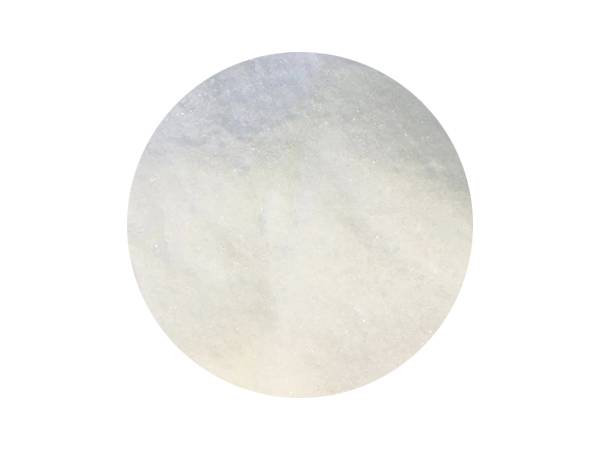



Biodegradation of Polyacrylamide and Its Environmental Impacts and Solutions
Biodegradation of Polyacrylamide An Overview
Polyacrylamide (PAM) is a widely used synthetic polymer that has found applications in various industries, including agriculture, wastewater treatment, and oil recovery. Its unique properties, such as high viscosity, excellent flocculating abilities, and resistance to chemicals, make it a valuable ingredient in many formulations. However, the environmental impact of PAM, particularly its persistence in ecosystems, has raised concerns regarding its biodegradability. This article explores the biodegradation of polyacrylamide, examining the processes involved and the factors influencing its breakdown.
Biodegradation of Polyacrylamide An Overview
One critical factor affecting the biodegradability of PAM is its chemical structure. Polyacrylamides can be synthesized in various forms, such as linear or cross-linked structures, which significantly influence their resistance to microbial degradation. Cross-linked polyacrylamides, often used in products requiring high stability and durability, are particularly resistant to biodegradation due to their three-dimensional network that limits access to microbial enzymes.
polyacrylamide biodegradation

Environmental conditions, such as temperature, pH, and moisture content, also play a vital role in the biodegradation process. Studies have shown that higher temperatures and optimal pH levels can enhance microbial activity, facilitating the breakdown of polyacrylamide. Additionally, aerobic conditions tend to support faster biodegradation compared to anaerobic environments, as aerobic microorganisms are generally more efficient at degrading organic compounds.
To promote the biodegradation of polyacrylamide in natural settings, researchers are exploring several strategies. One approach involves the use of bioaugmentation, where specific strains of bacteria known for their polyacrylamide-degrading abilities are introduced into contaminated environments. This method has shown promise in enhancing the rate of biodegradation. Another strategy is to modify the chemical structure of polyacrylamide to make it more susceptible to microbial attack, thereby improving its environmental profile.
Despite these efforts, the biodegradation of polyacrylamide remains a complex process that requires further research to fully understand. Investigating the interactions between various microbial communities and polyacrylamide, as well as identifying the optimal environmental conditions for degradation, is crucial. Additionally, developing biodegradable alternatives to traditional polyacrylamide could help mitigate its environmental impact and provide more sustainable solutions across various industries.
In conclusion, while polyacrylamide is a valuable polymer with many applications, its biodegradability poses significant environmental challenges. By understanding the mechanisms underlying its degradation and exploring innovative strategies to enhance these processes, we can work towards minimizing its ecological footprint. Continued research in this area is essential for developing effective solutions that balance industrial efficacy with environmental sustainability.
-
Why Sodium Persulfate Is Everywhere NowNewsJul.07,2025
-
Why Polyacrylamide Is in High DemandNewsJul.07,2025
-
Understanding Paint Chemicals and Their ApplicationsNewsJul.07,2025
-
Smart Use Of Mining ChemicalsNewsJul.07,2025
-
Practical Uses of Potassium MonopersulfateNewsJul.07,2025
-
Agrochemicals In Real FarmingNewsJul.07,2025
-
Sodium Chlorite Hot UsesNewsJul.01,2025










